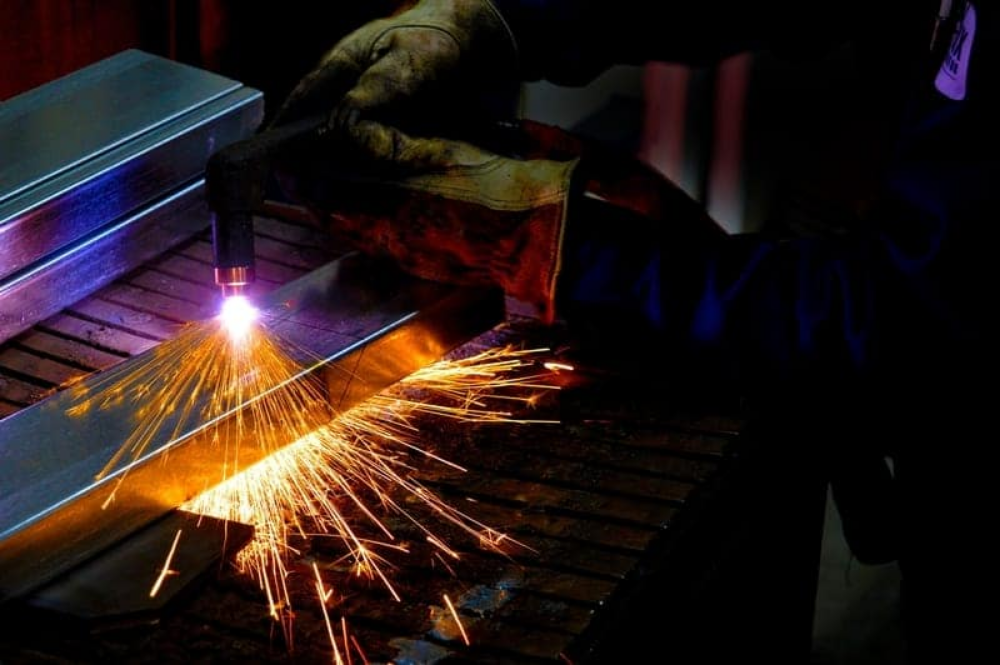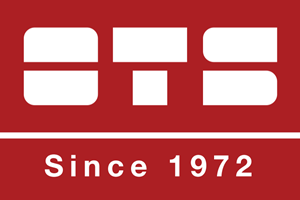Oxy Cutting vs Plasma Cutting

Comparison between Oxy Cutting and Plasma Cutting
Characteristics of Oxy-Fuel Cutting Compared to Plasma Cutting
Material
Oxy-fuel cutting is typically used for the cutting of mild steel. Only metals with lower melting point oxides than the base metal itself can be cut with this process. If not, oxidised metal will terminate the oxidation by forming a protective layer. Only mild steel and certain low alloys have fulfilled the above criterias.
Wall Thickness
Oxy-fuel cutting process enables the cutting of thicker walled material compared to plasma. The latter can’t cut through thicker walls due to its huge amount of energy essential to attain similar thickness.
Cutting Angle
Oxy-fuel cutting process cut stepper angles up to 70° compared to 45° with plasma, thanks to its concentration of the oxygen beam.
Straight Cuts
The plasma beam is prone to deflect when the angle is too steep. Having said that, this deflection can always be compensated by automation.
Costs
Oxy-fuel cutting process is relatively economical compared to its plasma counterpart. Its initial investment costs, consumables, together with operating costs are all friendlier to your budget than plasma cutting. Nevertheless, its processing speeds can be lower below a 20mm wall thickness range.
